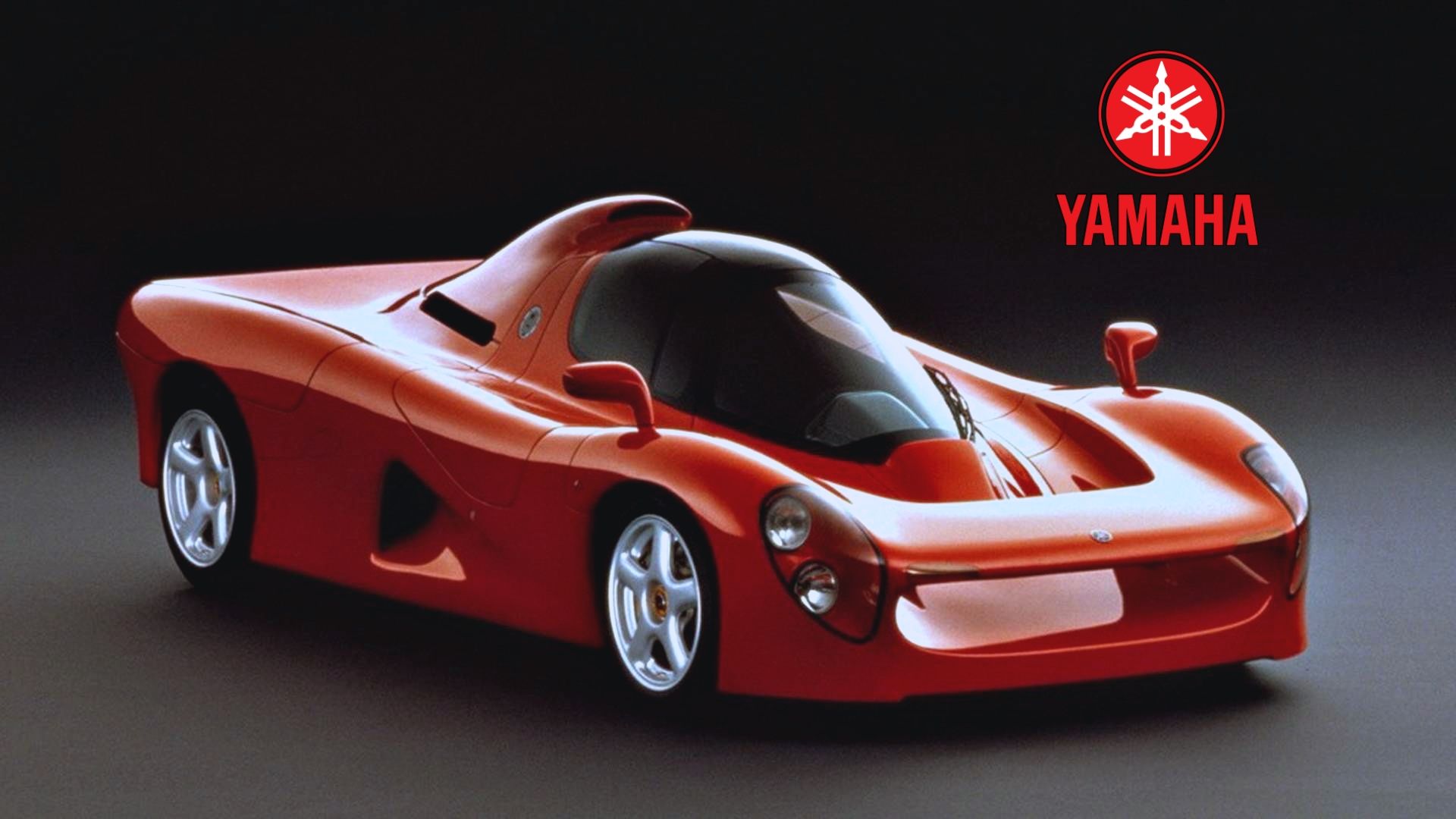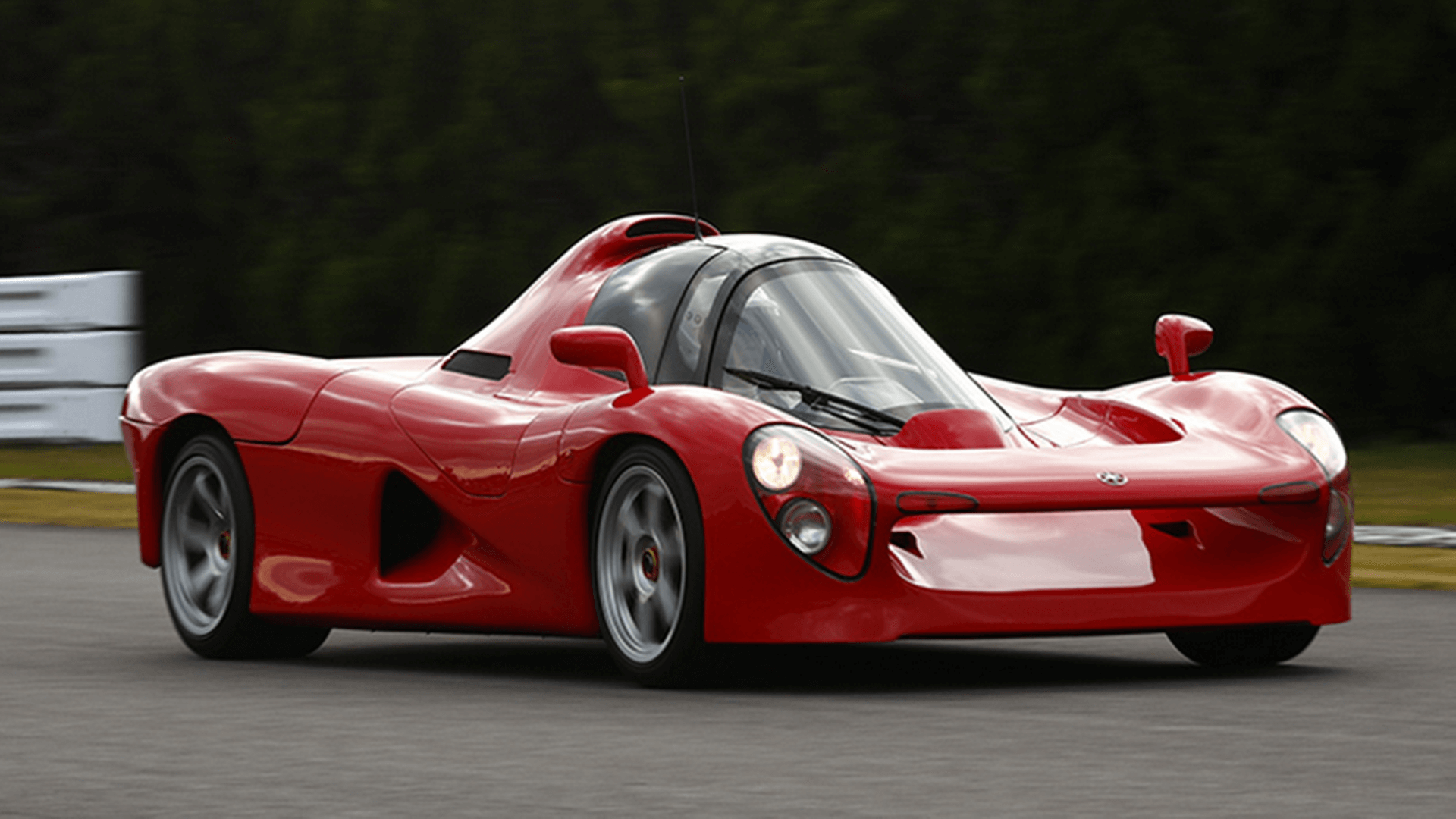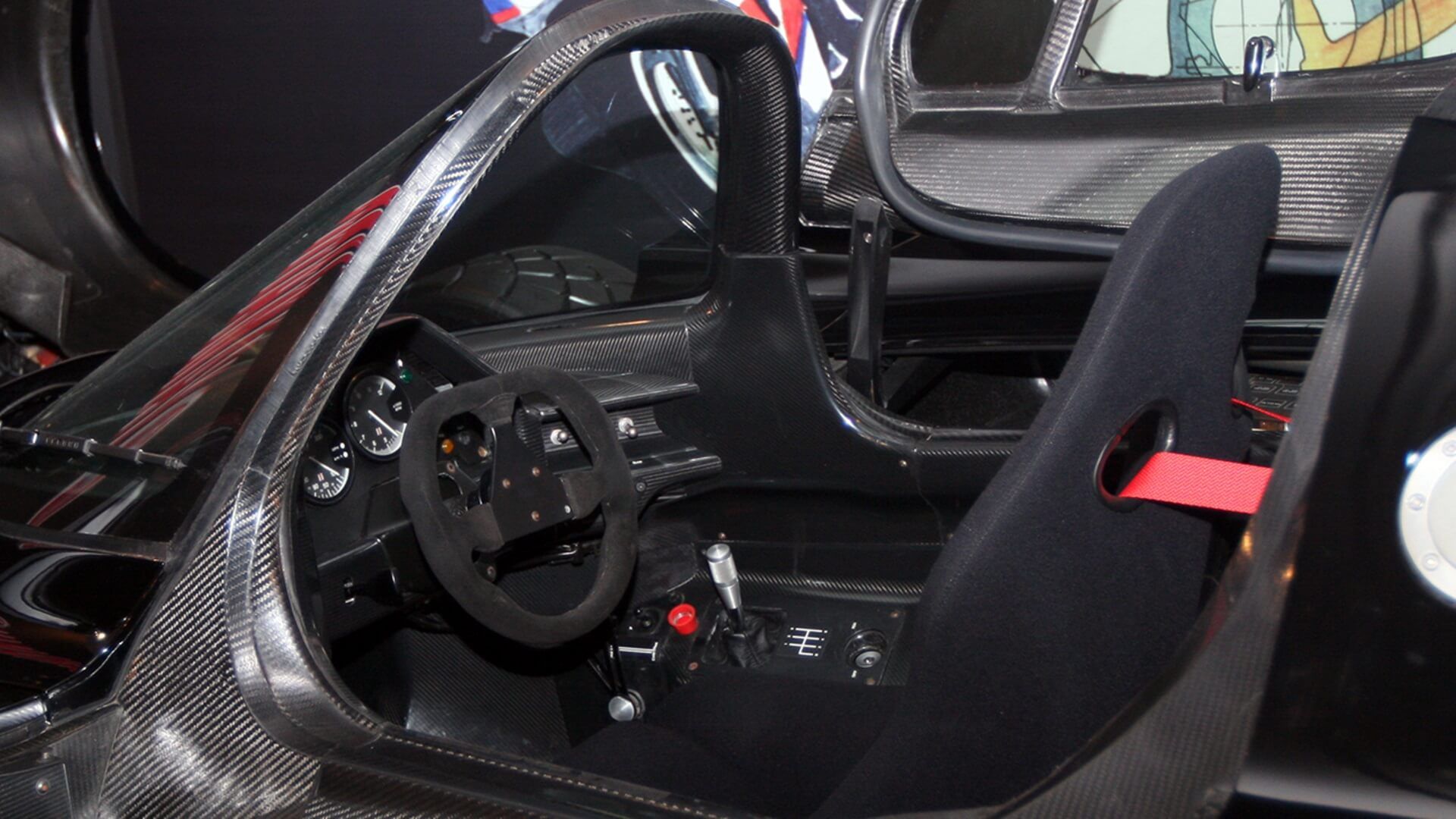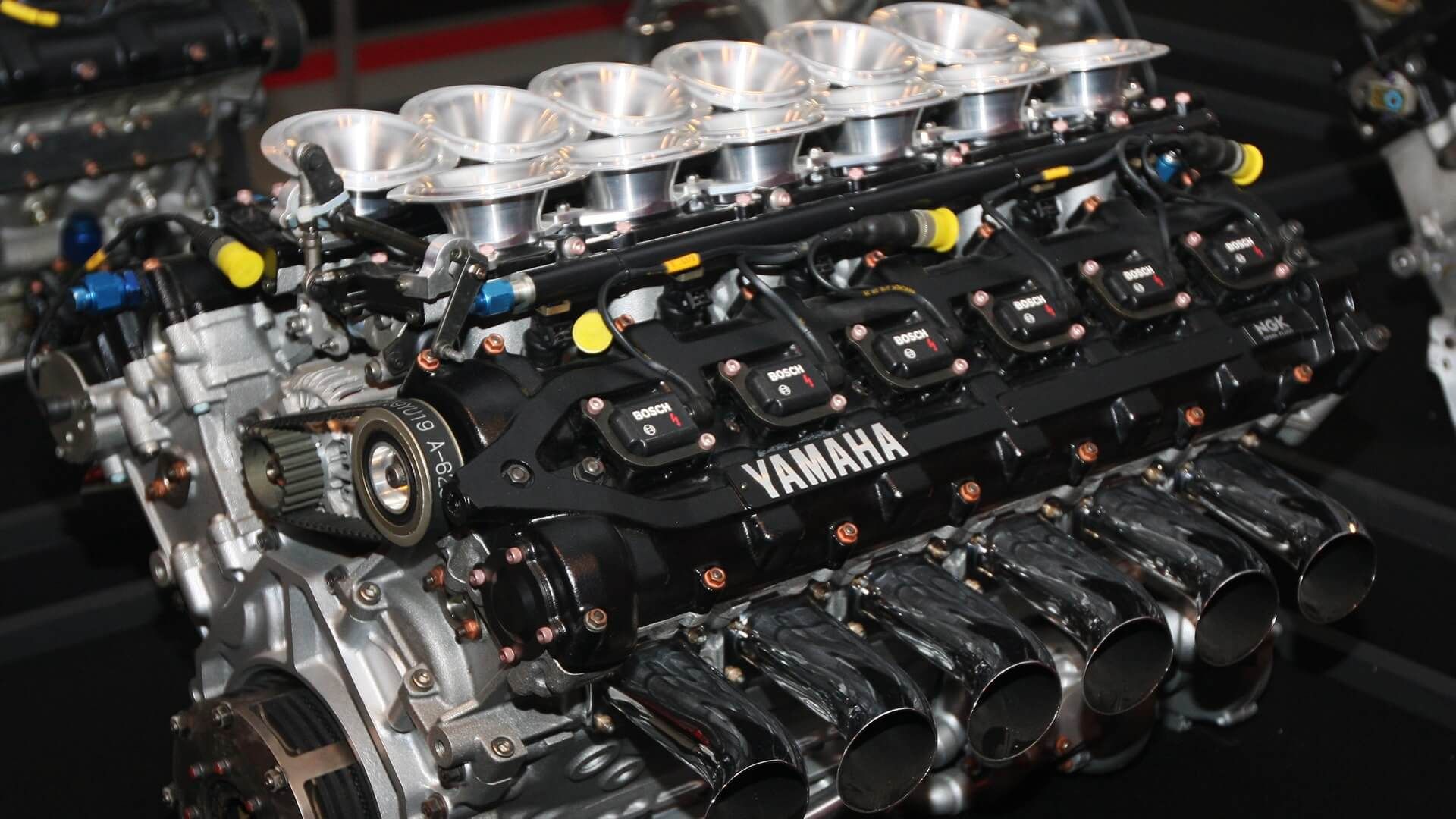Summary
- Yamaha Motor Company is a versatile business with an extensive range of products, including motorcycles, generators, scooters, and musical instruments.
- Yamaha has a history of building engines for sports cars, including the Toyota 2000GT, LF-A, and other Lexus-powered vehicles.
- The Yamaha OX99-11 was a performance car with a Formula One-style design, powered by a V-12 engine and weighing under 2,500 pounds. Only three prototypes were made and survived.
The Yamaha Motor Company is one of the most versatile names not just in the automotive world but in business in general. They have an extensive range of products which include motorcycles, generators, scooters, UTVs, ATVs, snowmobiles, golf karts, boats, and many more. Yamaha Corporation is one of the world leaders in musical and recording instruments. Almost no other manufacturer has such a diverse portfolio as Yamaha.
Yamaha has also been involved in building engines for some of the world’s best sports cars starting from the Toyota 2000GT. They also made other engines for Toyota and Lexus products like the LF-A and other Lexus-powered sports cars. Other brands Yamaha has worked with include Volvo, Ford, Lotus, and Formula One. At one point, they even decided to jump into the deep end and build a Formula One-powered road car and named it after its engine.
The Birth Of The Yamaha OX99-11
After working with numerous car manufacturers in the past and building Formula One engines, Yamaha decided to make its own performance car. They based the car around the OX99 engine they had just built for the Brabham racing team. An independent German firm was first contracted to design this supercar but it wasn’t impressive enough for Yamaha. The project was taken to International Automotive Design (IAD) in the U.K.
In 1992, IAD was able to come up with a design after 12 months that captured exactly what Yamaha wanted. A Formula One-style body that showed the craziness of this vehicle while covering most of its working components. One look at the Yamaha 0X99-11, and you knew it was a mad machine that belonged on a track but had somehow been designed for road use. Three prototypes were built for further testing and development of the vehicle.
However, there was a disagreement regarding the budget of the project which caused Yamaha to build it themselves. Ypsilon Technology was Yamaha’s racing division based in the U.K. that built and serviced the Formula One cars at the time. The project was handed over to them to finish what IAD had started, but they only had six months to complete the project.
A Formula 1 Car For The Road
Yamaha originally wanted the car to have two seats but still maintain a racecar design. The solution was to have tandem seating positions similar to a fighter jet or a bike. But the eventual prototypes were single-seaters with a central driving position just like a Formula One racecar. It had holes, vents, scoops, and area designs everywhere to maximize airflow for downforce and cooling. The bodywork was also smooth for a car of its class.
The Yamaha OX99-11 maintained the single-seat configuration and under the skin, it had the same chassis as the Brabham Formula One racecar. Its doors have a canopy-style design that allows it to open completely to one side for easier access to the cockpit, and the rear clamshell opens completely to reveal the engine. Inside, it is as simple as it gets for a racecar for the road, you have your flat-bottom steering wheel, switches and toggles, and instrument cluster.
Today, the concept of Formula One technology for the road is not new, many high-end supercars have applied this engineering to their road cars. Cars like the new Aston Martin Valkyrie, Mercedes AMG One, BAC Mono, KTM X-Bow, and Czinger 21C seem to be the road cars that border the line between racecar and road car. But the OX99-11 preceded all of them.
It Was Powered By A Formula One V-12
This V-12 power plant is the sole reason why this project ever existed in the first place. Mazda made its first Formula One engine for the German Zakspeed racing in 1989. It was a 3.5 liter V-8 known as the OX88 which was a failed racing engine. But before Yamaha could remedy it, regulations changed which required a new engine.
Engine Specifications
Engine | NA V-12 |
|---|---|
Displacement | 3.5 liters |
Power | 406 horsepower |
Redline | 10,000 RPM |
Transmission | Six-speed manual |
Layout | Mid-engine rear-wheel drive |
0-60 MPH | 3.2 seconds |
Top Speed | 217 MPH (claimed) |
In 1991, Yamaha developed a brand new V-12 racing engine for the Brabham Formula One team. In the racecar, this engine made about 560 horsepower but was detuned to 400 horsepower but still revved to 10,000 RPM. This was done to make the engine easier to drive on the road comply with road rules and improve reliability. It featured a six-speed manual transmission that sent power to the rear wheels.
The combination of its lightweight body panels, chassis, and engine made this car very light. It weighed under 2,500 pounds which was quite heavy for a racecar but very light for a road car with 400 horsepower. This made it comparable to the incredible McLaren F1 in terms of acceleration and performance.
Only Three Examples Were Made And They All Survived
Unfortunately, this was one of those projects that never reached its production stage. The initial budget with IAD had already made the car expensive to produce and Formula One engines aren’t cheap to manufacture either. This car was also being built at the financial collapse of the Japanese bubble era which was the worst possible time to take on such a big project.
The three prototypes made with IAD are still surviving today and they seem proud of it. Most Japanese manufacturers made a lot of bold projects in this era and while some were a huge success, others were failures. The Toyota Supra, Nissan GTR, Mitsubishi 3000GT, and other JDM cars were built to the highest standard and were hugely popular.
A notable failure of the era was with Mazda and their Amati luxury division which Mazda refuses to acknowledge its existence. But unlike Mazda, Yamaha seems to celebrate this car and still showcases it during their events. If this car had been built it would have been one of the wildest creations of that era but it would have been very expensive.
Yamaha had planned to build 20 to 30 cars a year at the Brabham factory but it would have retailed for $800,000 which was the same price as the McLaren F1. With the market crashing and a recession looming most people may not be willing to pay such a hefty price for a car company with no prior vehicles. After this project, they never attempted to make any other type of vehicle again until 2013.
In 2013, Yamaha teased us with the Sports Ride concept which was designed by Gordon Murray. This was also focused on being a small, lightweight sports car with the footprint of a Mazda Miata and a hybrid powertrain. But this car remained a concept and never went beyond that stage.




